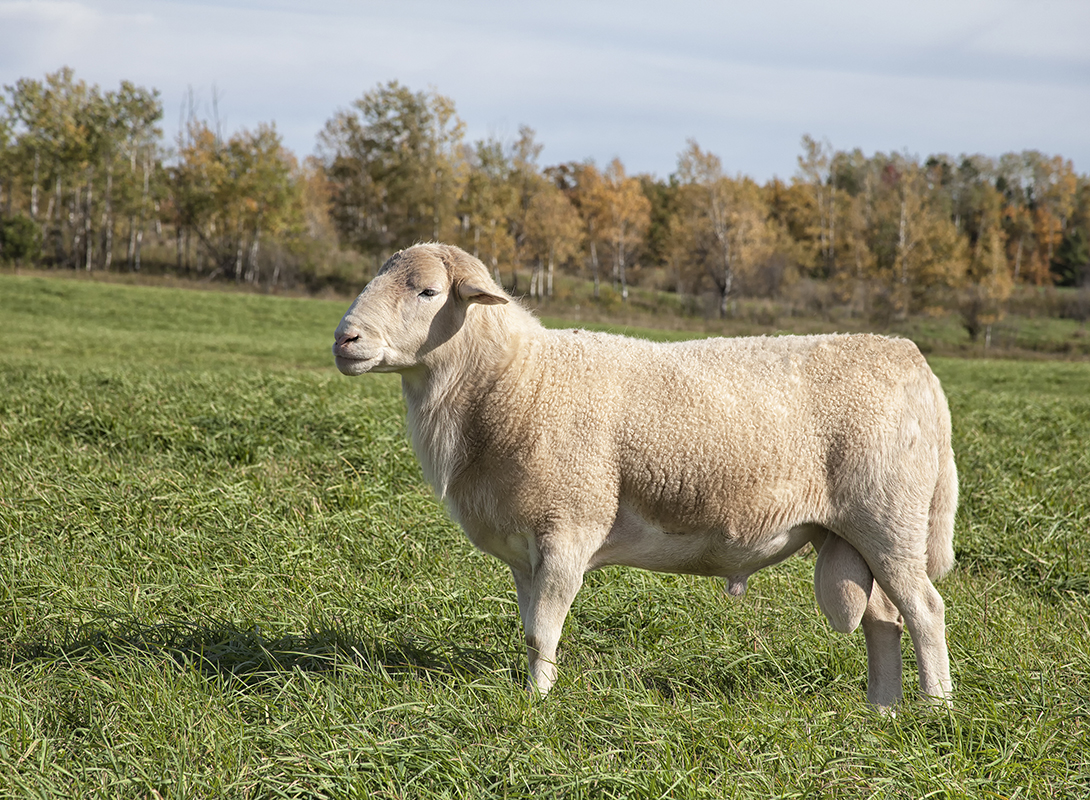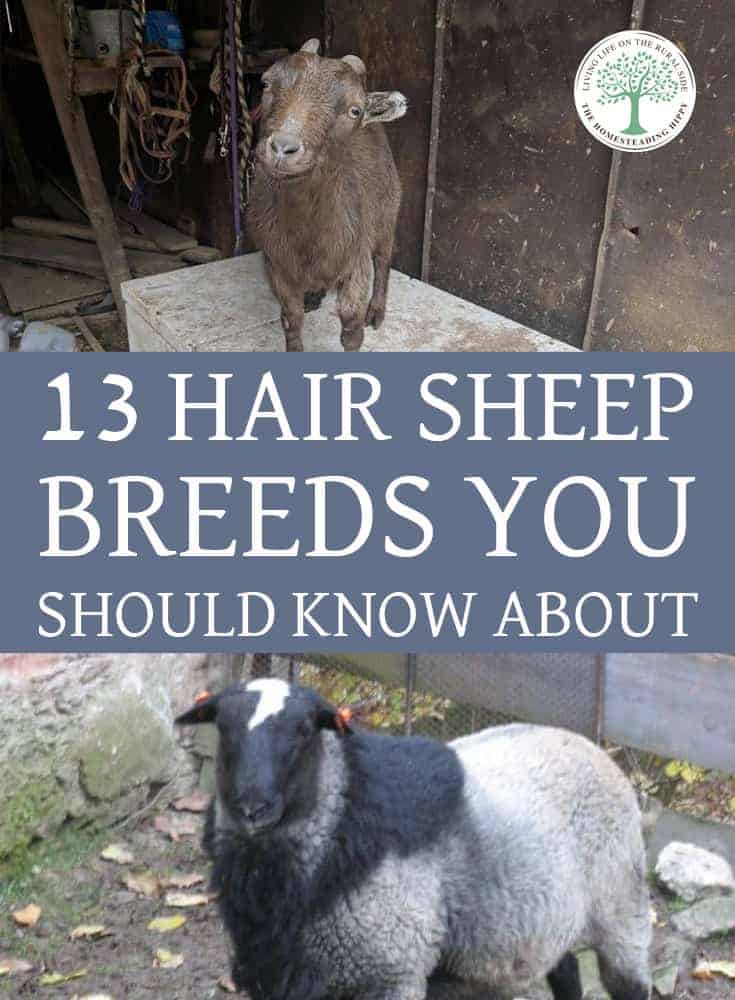Table Of Content

If you're thinking of raising a flock of hair sheep, the advantages of hair sheep over other breeds can be quite significant. For starters, hair sheep require less maintenance because they don't need to be sheared like wool sheep. Additionally, hair sheep are known for their ability to thrive in hot and humid climates, which is great news if you live in a tropical area.
Hair Sheep
Their ability to maintain good body condition scores and cope with environmental heat stress makes them a practical and resilient choice for farmers in such climates. In arid climates, where environmental heat stress can be a concern, hair sheep stand out. They have a lower risk of experiencing heat-related issues compared to wooled breeds. Their ability to regulate body temperature effectively is reflected in factors such as heart rate and overall well-being. Overall, hair sheep are an important type of livestock due to their superior ability to produce high-quality meat while requiring fewer resources than many other breeds.
Hair Sheep Breeds You Should Know About
Hair sheep breeds have the unique ability to naturally shed their hair, eliminating the need for shearing. This shedding process occurs seasonally, usually in spring or summer months. Had I thought more about this ahead of time, I probably would have chosen to raise a hair sheep breed instead of a wool producer – that way, I wouldn’t have to worry about the wool. The Dorper is a mutton breed of hair sheep developed in the 1930s. The breed was created by crossing Dorset and Blackheaded Persian sheep. The Dorper has a high rate of lambing and is tolerant of the arid conditions, it was developed for in South Africa.
The St. Croix Sheep Breed Rises in Popularity
The Royal White sheep is a moderate size animal and ewes usually weigh between 120 and 200 pounds while rams weigh between 180 and 250 pounds. The Royal White sheep is an American domestic breed of white-colored sheep. St. Croix sheep are a unique breed of sheep that are native to the island of St. Croix in the Caribbean. They are now quite popular throughout North America and other parts of the world as well.
The American Blackbelly sheep is also well-suited to hot climates and is often raised in the southern United States. The American Blackbelly sheep is a breed of domestic sheep that was developed in the United States. The breed is a cross between the Rambouillet, Mouflon, and Barbados Blackbelly sheep. Hair sheep are a type of livestock that are valued for their exceptional qualities as meat and milk producers. If you’re looking for a more efficient way to raise sheep, then consider giving hair sheep a try. The American Blackbelly was developed by crossing the Barbados Blackbelly with the Mouflon.
Characteristics and Traits of Hair Sheep
Proper nutrition during the early stages of a lamb's life is crucial for optimal growth and long-term health. As they transition onto solid feed, it's essential to provide high-quality and easily digestible feed, which will contribute to consistent weight gain and development. If you’ve bothered reading all of this you are probably wondering how to look for and buy a good hair sheep. The Uda sheep is a small breed, with ewes typically weighing between 50 and 60 pounds. The Uda sheep is a breed of domestic sheep that is native to places like Chad, Niger, and Cameroon.
Katahdin sheep were developed in Maine, named after the state’s tallest peak. Bred during the latter part of the 20th century, the Katahdin is a descendant of the St. Croix sheep and several other breeds, like the Suffolk. They also experience early sexual maturity, beginning at three months.
Mothering ability and disposition
Feed conversion is good since these sheep fatten easily on less-than-ideal pasture and forage. Feeding these breeds too much grain can result in an overabundance of internal fat. Hair sheep breeds are naturally more resistant to parasites and diseases compared to their wool counterparts. This resistance is primarily attributed to their unique coat, which allows for reduced moisture near the skin, making it a less favorable environment for parasites to thrive. Another uncommon hair sheep breed is the Uda, an African long-legged sheep native to Cameroon, Nigeria, Niger, and Chad. There are several varieties of this hair sheep, which are typically raised for meat.
California Red Sheep
The average lambing rate for hair sheep ewes is also higher compared to other domestic sheep breeds. The White Dorper is a popular hair sheep breed known for its fast growth and meat production. They have excellent carcass qualities, making them sought after in the market. The breed’s resistance to parasites and adaptability to various climates make it an attractive choice for livestock farming.
Sheep's Wool Explains Why Some People Get Curly Hair, Others Don't - Tech Times
Sheep's Wool Explains Why Some People Get Curly Hair, Others Don't.
Posted: Fri, 23 Mar 2018 07:00:00 GMT [source]
For one, these animals are known for their hardiness and resilience, making them the ideal choice for a wide range of climates and conditions. Hair sheep are known for their exceptional mothering ability and gentle disposition. They are attentive and protective mothers, often giving birth to twins or even triplets, demonstrating their prolific breeding nature. Their name combines both parents’ names, “Dorset” and “Persian.” These sheep are tough and can adapt to various climates, which makes them popular among farmers.
Sheep Get Their Hair Cut Once A Year And It's A Spectacle - Patch
Sheep Get Their Hair Cut Once A Year And It's A Spectacle.
Posted: Tue, 12 Apr 2022 07:00:00 GMT [source]
If you plan on rotational grazing, you’ll need more acres so that each pasture has time to recover before being grazed again. Another factor to consider is whether or not you want your flock to graze rotationally. Rotational grazing is when animals are moved from one pasture to another on a regular basis. The first thing you need to consider when deciding how many acres to give your sheep is stocking density, or how many animals per acre. When it comes to feeding your sheep, they’re not particularly picky eaters.

No comments:
Post a Comment